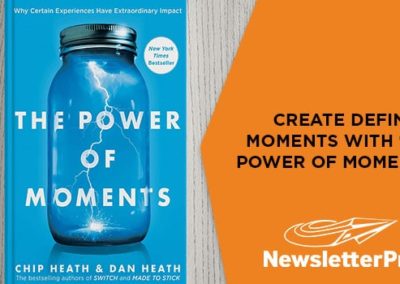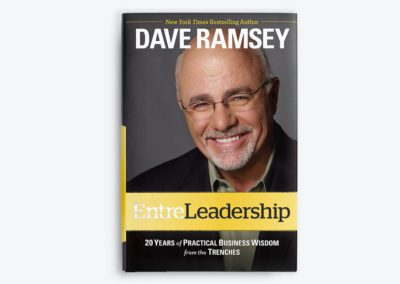It’s Monday morning, and your inbox overflows with a weekend’s worth of messages. You resign yourself to check each message, devoting what seems like “only a few minutes” to the task. Then you realize an hour has passed. By 2 in the afternoon, your inbox is full of unread messages once more. According to your calendar, you have a meeting in five minutes. You feel the day slip through your fingers as you spin in your chair and wonder how to increase your productivity. “Is it all really worth it?” you ponder.
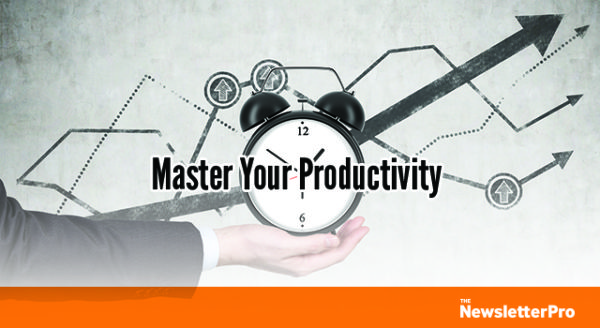
We all struggle with productivity. We are surrounded by advice and devices that are supposed to help us be more productive. And yet, we’re not. Time saved during one part of the day is often wasted later. We try to strike a balance, but somehow it escapes us.
This is a challenge author Chris Bailey explores in The Productivity Project: Accomplishing More by Managing Your Time, Attention, and Energy. Bailey has a passion for productivity that most of us can only dream of. It’s his obsession, personally, professionally, and academically. Between 2013 and 2014, he spent a full year exploring the concept of productivity. And he dedicated his life to discovering how to be a more productive human being.
Unlocking The Secret Of Productivity
 Bailey wanted to unlock the secret of productivity. His goal was to get more out of life. That’s something most of us want. We want to get more out of our day and live each moment better. The Productivity Project takes these ideas to the extreme. Bailey searches for what it is — and what it means — to be productive.
Bailey wanted to unlock the secret of productivity. His goal was to get more out of life. That’s something most of us want. We want to get more out of our day and live each moment better. The Productivity Project takes these ideas to the extreme. Bailey searches for what it is — and what it means — to be productive.
Much of the book centers on Bailey’s productivity experiments. With every experiment, he offers commentary about what he learned. Then, he follows this with how you can apply those same lessons. He works his way through a number of tasks to understand the nuances with the end goal of mastering his productivity.
A Starting Point
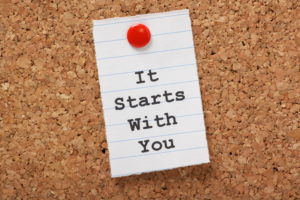 To gain an initial understanding and build a foundation for the experiments to come, Bailey read a number of books and journal articles that discussed the concept of productivity. He read about the failures and successes of others who had set out with a similar goal. And he had plenty of material to work with. The idea of becoming more productive is a heavily-researched subject.
To gain an initial understanding and build a foundation for the experiments to come, Bailey read a number of books and journal articles that discussed the concept of productivity. He read about the failures and successes of others who had set out with a similar goal. And he had plenty of material to work with. The idea of becoming more productive is a heavily-researched subject.
After building his foundation of understanding, Bailey explored meditation, modifying his sleep schedule, altering his diet, and reconsidering his caffeine intake. He did this all with the end goal of living and working better. But through all of these exercises, Bailey went a step further than adding his own observations. He incorporated a significant amount of research, which is cited in the book.
A Matter Of Time
 Through Bailey’s productivity exercises, there was one thing he did not want to do: waste your time. He’s upfront about this fact and stresses that he only included what he felt would be most valuable to prospective readers. To that end, each chapter begins with a takeaway. Bailey summarizes what you’ll get out of the chapter and even includes an estimated reading time.
Through Bailey’s productivity exercises, there was one thing he did not want to do: waste your time. He’s upfront about this fact and stresses that he only included what he felt would be most valuable to prospective readers. To that end, each chapter begins with a takeaway. Bailey summarizes what you’ll get out of the chapter and even includes an estimated reading time.
But Bailey takes the concept one step further with his challenges to the reader. Nearly every chapter features a challenge for you to complete — should you choose to do so. Bailey breaks down the time investment, energy requirement, how fun it is, and what he feels you will get out of it. You can pick and choose what you want to do or what you feel has the most relevance to your daily life.
Making Productivity Happen
As I read through the book, I participated in many of these challenges. However, there were a few that I felt weren’t relevant to me — or worth the time. Your mileage will vary. Some of the challenges felt obvious in their goal, but then I ended up questioning myself. “If it’s so obvious, why am I not already doing this?”
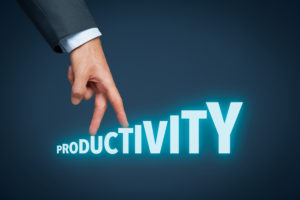 Then there were other challenges that I ended up incorporating into my daily life — or at least partially incorporating — such as being more willing to say no to a task or request. As much as I would love to lend a hand or take on a project, I already have a healthy serving of tasks in front of me. But these are tasks that wouldn’t have my full attention if I took on too much more.
Then there were other challenges that I ended up incorporating into my daily life — or at least partially incorporating — such as being more willing to say no to a task or request. As much as I would love to lend a hand or take on a project, I already have a healthy serving of tasks in front of me. But these are tasks that wouldn’t have my full attention if I took on too much more.
But did I feel more productive? Possibly. However, I am more aware of how I use my time throughout the day. When I say no to something, for example, I don’t simply say no. There’s a strategy to it. It’s an intentional choice that has bearing on the rest of what I need to accomplish on any given day. I suppose, then, by becoming more intentional in my work, I am becoming more productive.
As a testament to productivity, The Productivity Project is a trove of ideas. When you want to master your own productivity — and when you want to live and work better — this book serves as a worthwhile starting point. You can pick and choose what to read and what elements you’d like to explore further, and even incorporate into your daily life, as I did. In the end, your productivity is in your hands.
Be productive and learn more about the success of direct mail marketing through newsletters by clicking the button and requesting a copy of our Amazon bestseller, The Ultimate Guide to Newsletters! It all starts with you!




